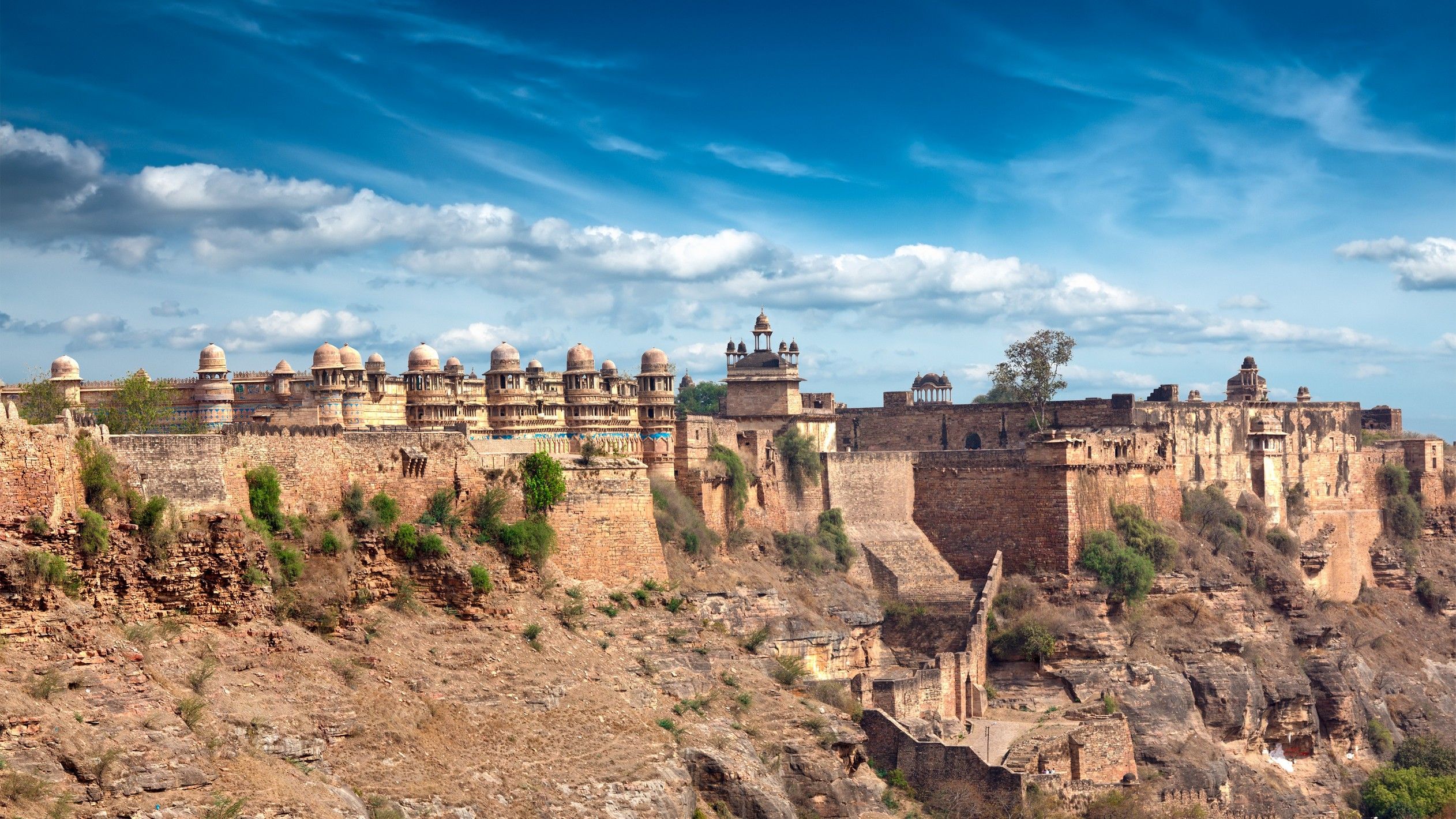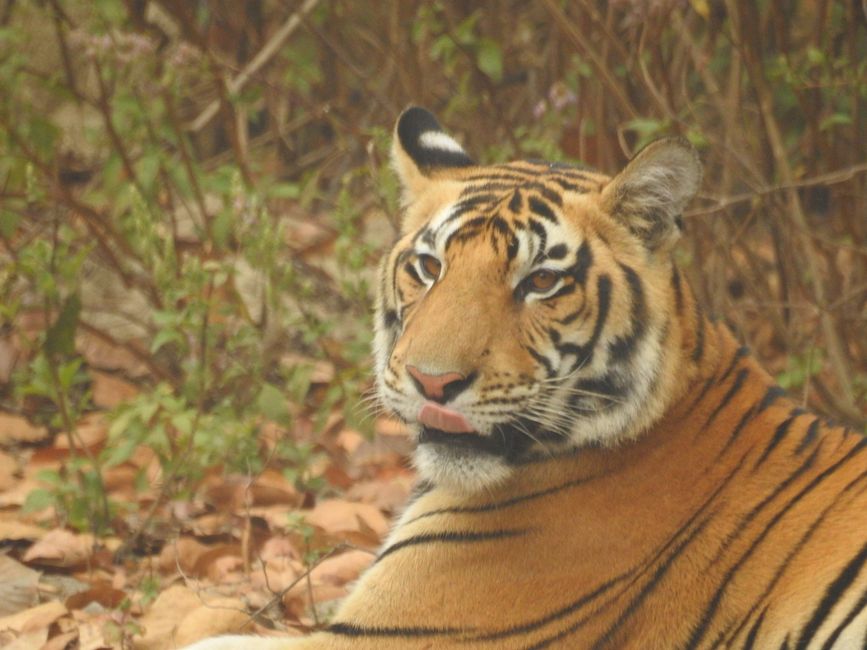
steiners-incredible-india-2024
vakantio.de/steiners-incredible-india-2024
BLOG 1: Flight and takeoff in Delhi
Chop etilgan: 07.02.2024
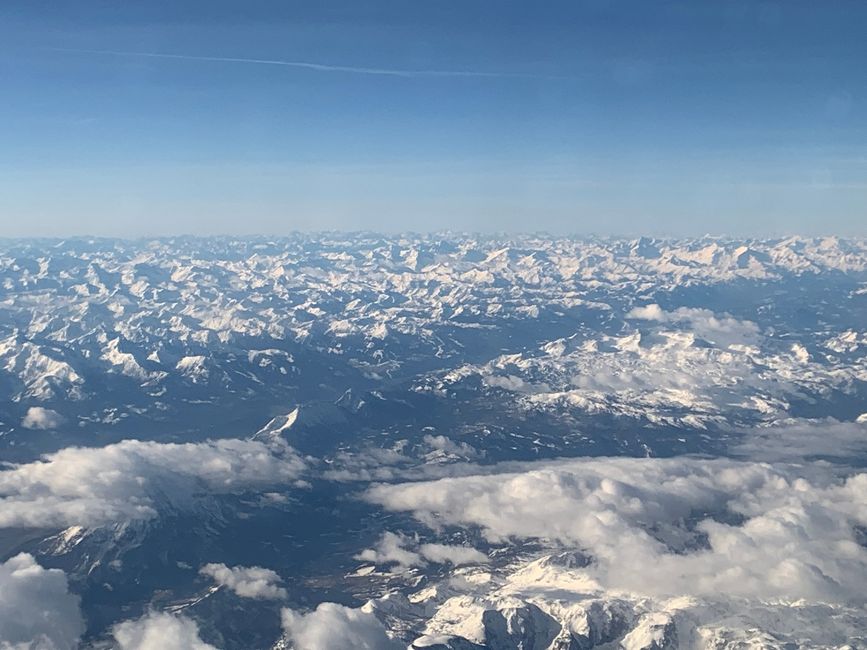

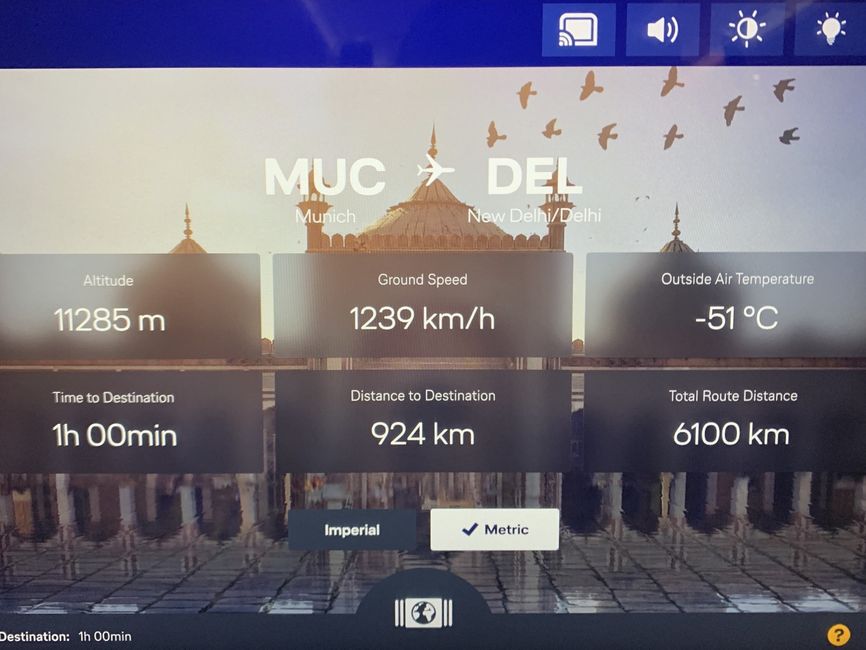


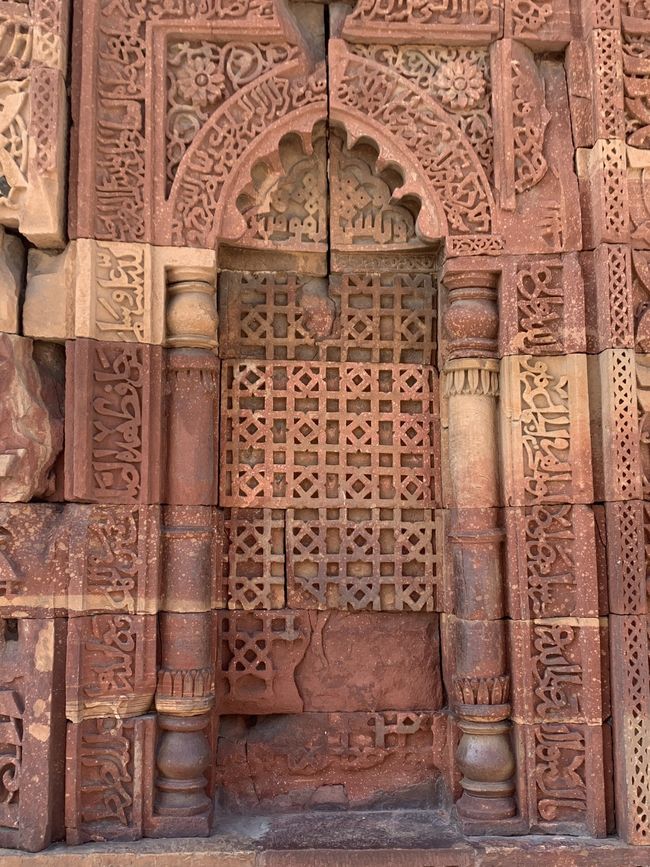
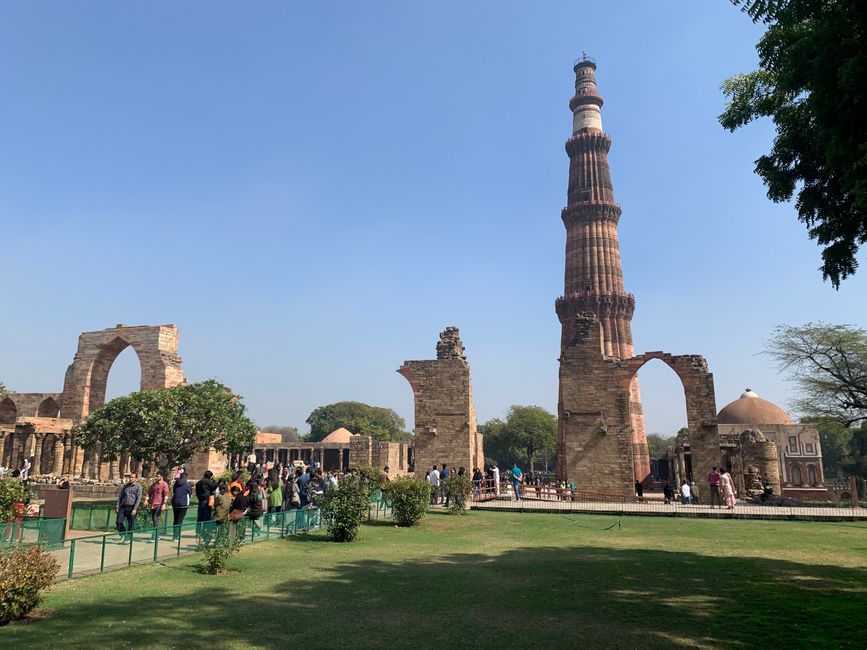

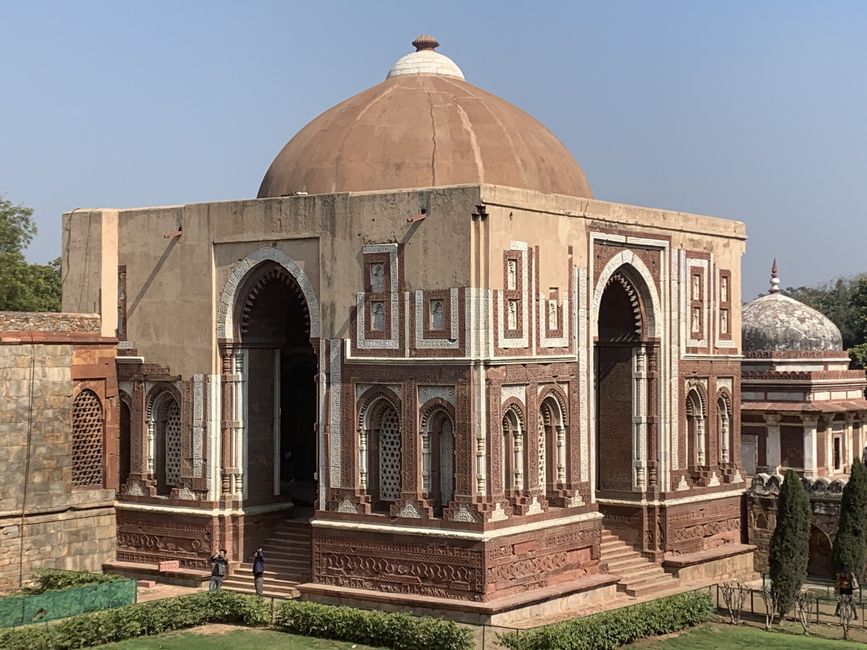
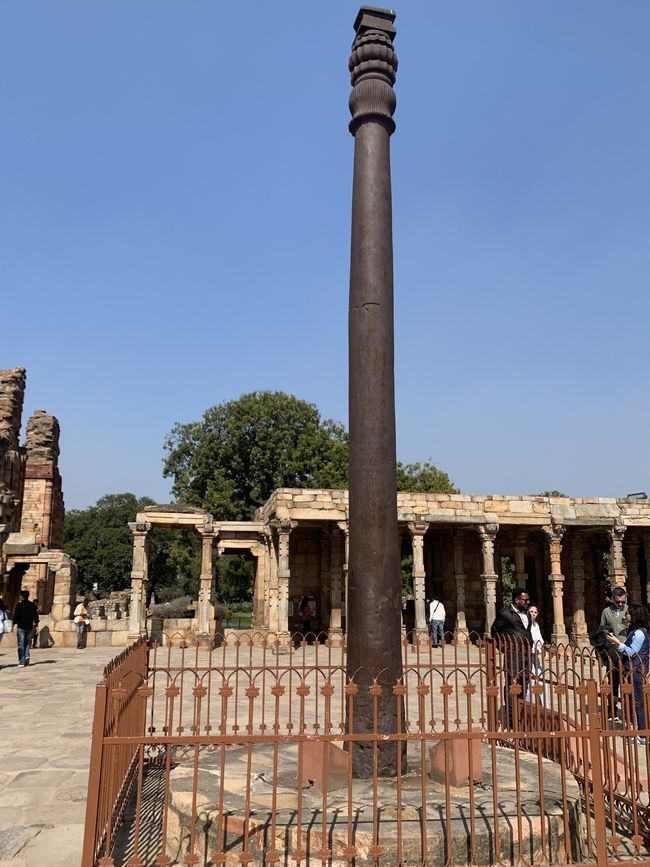
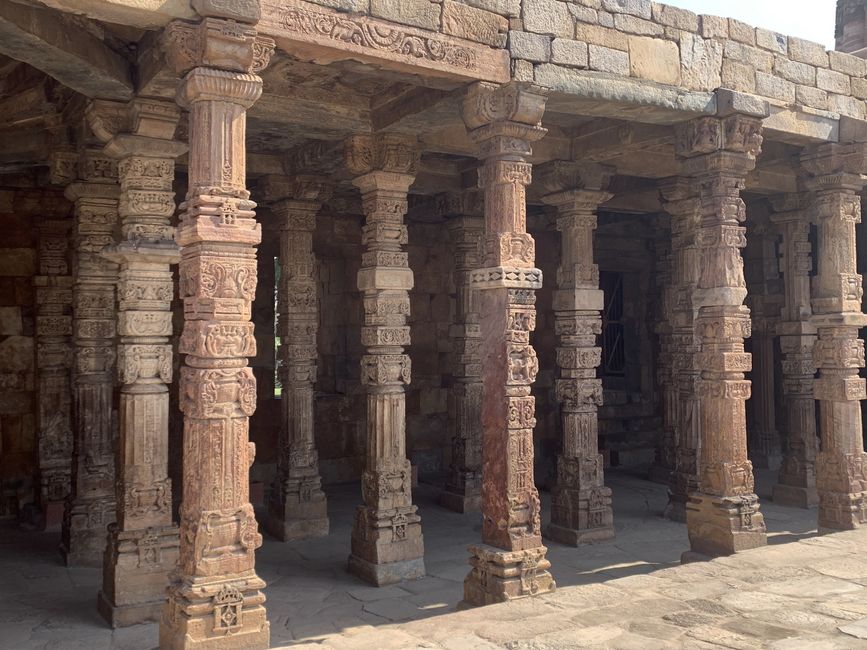
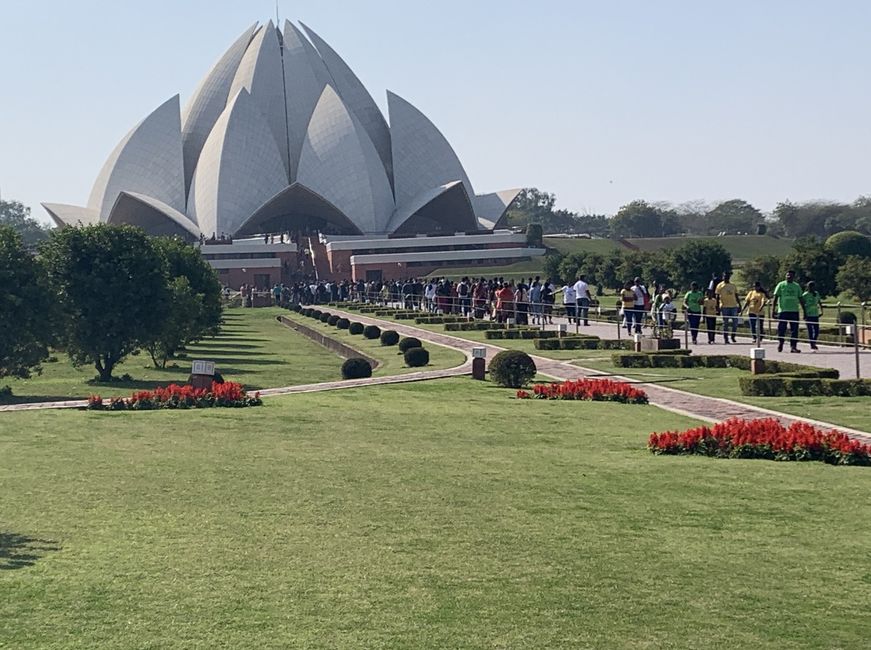


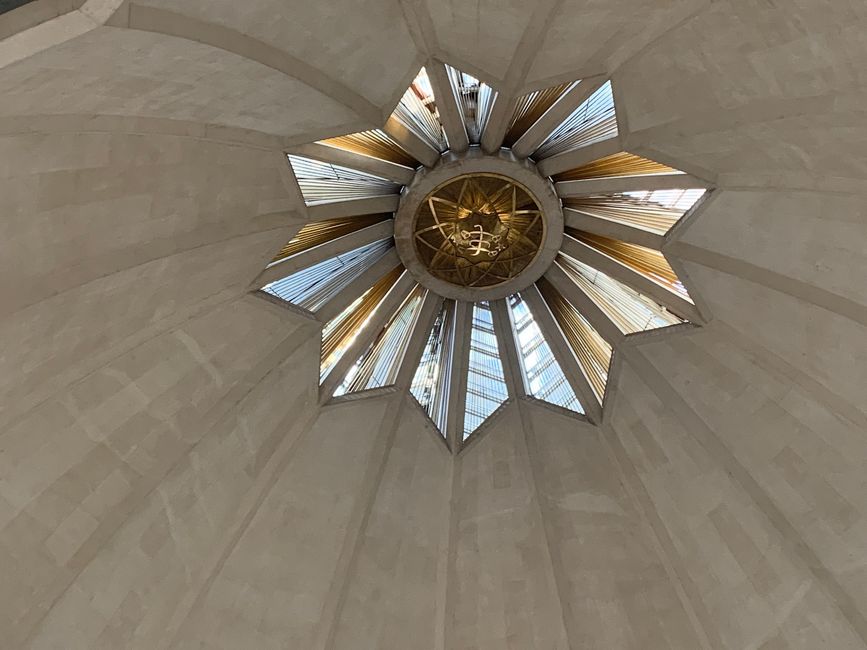
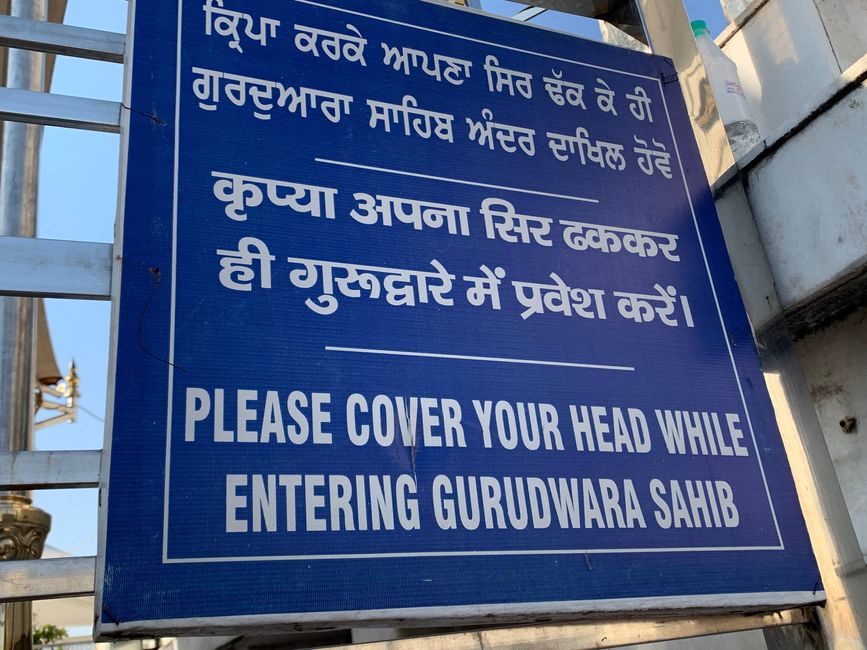

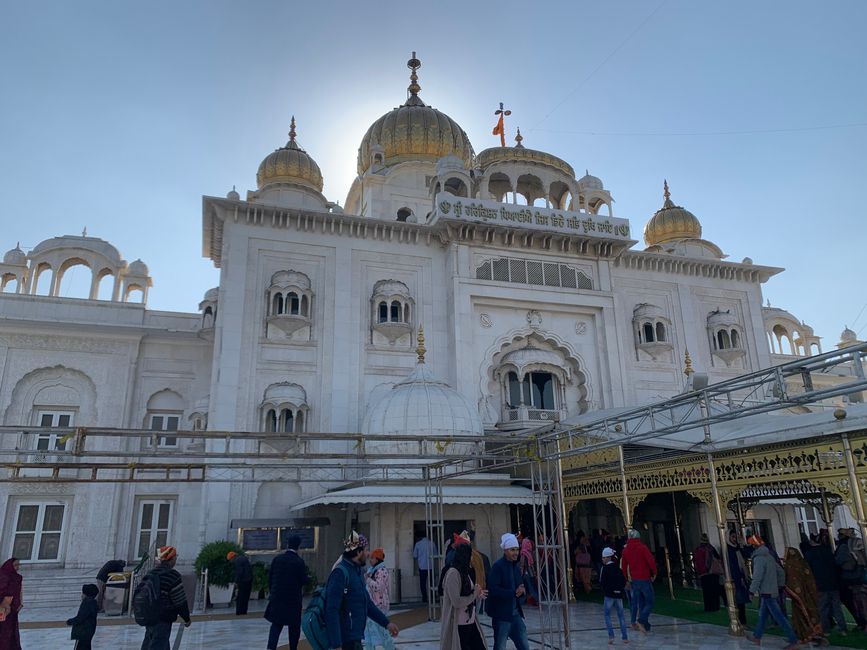
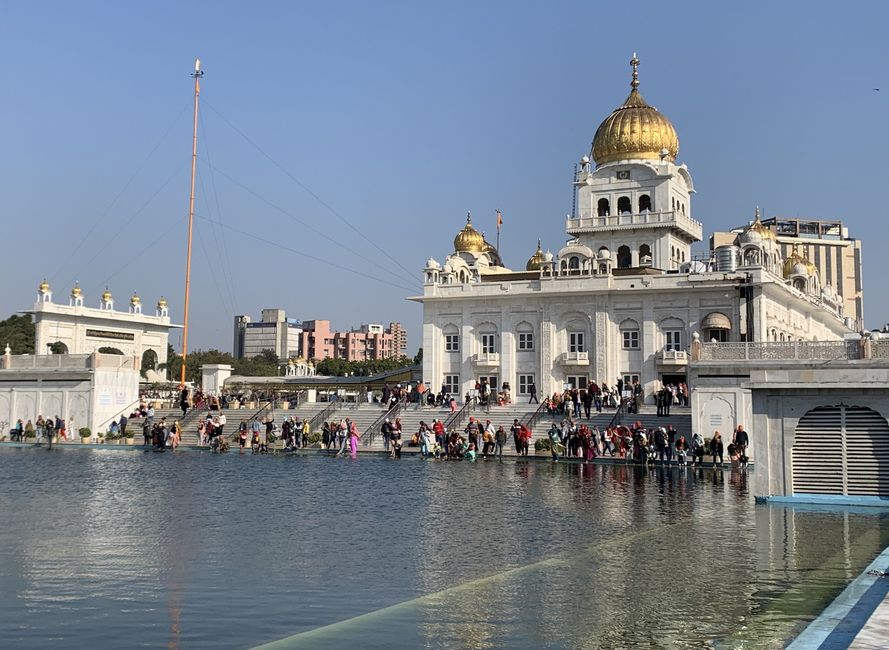
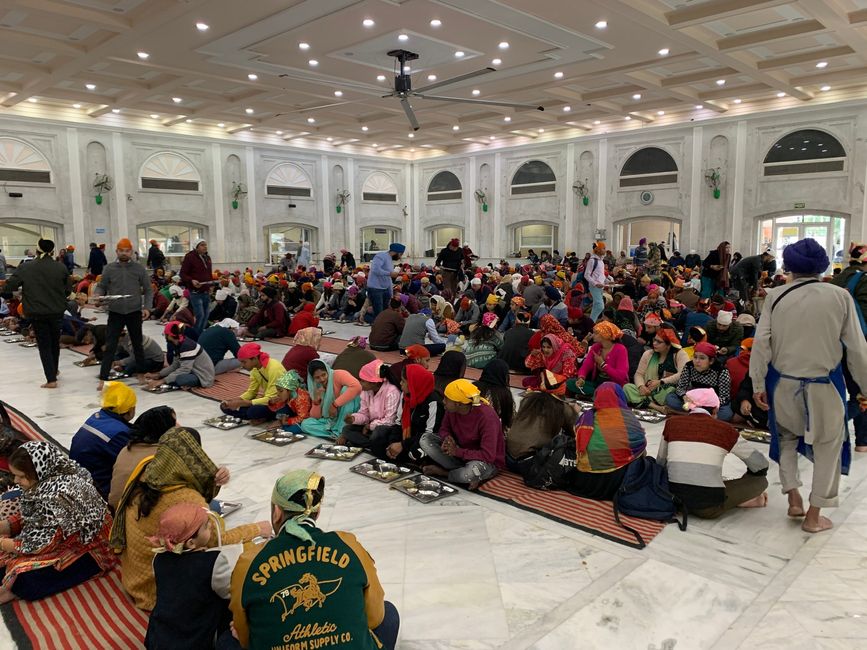
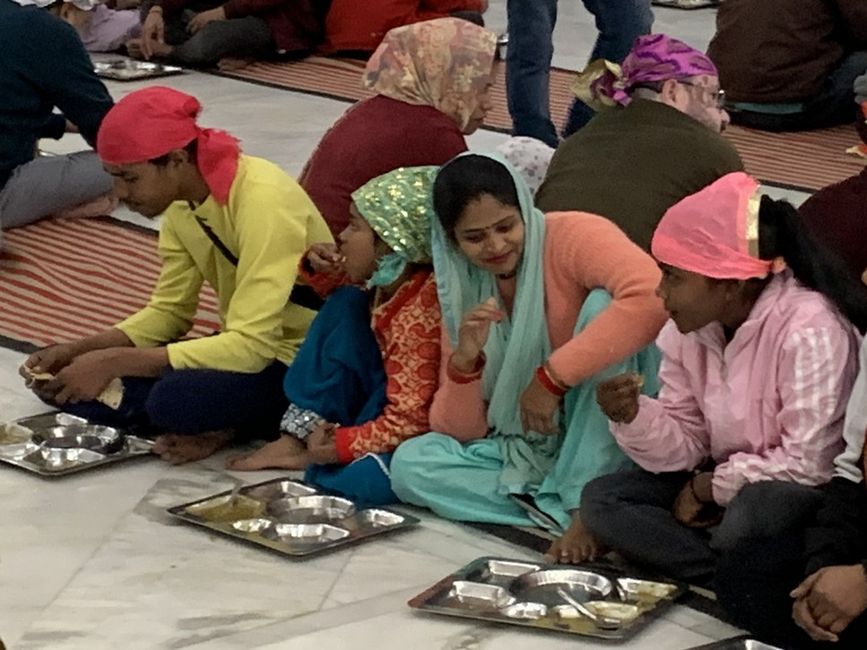
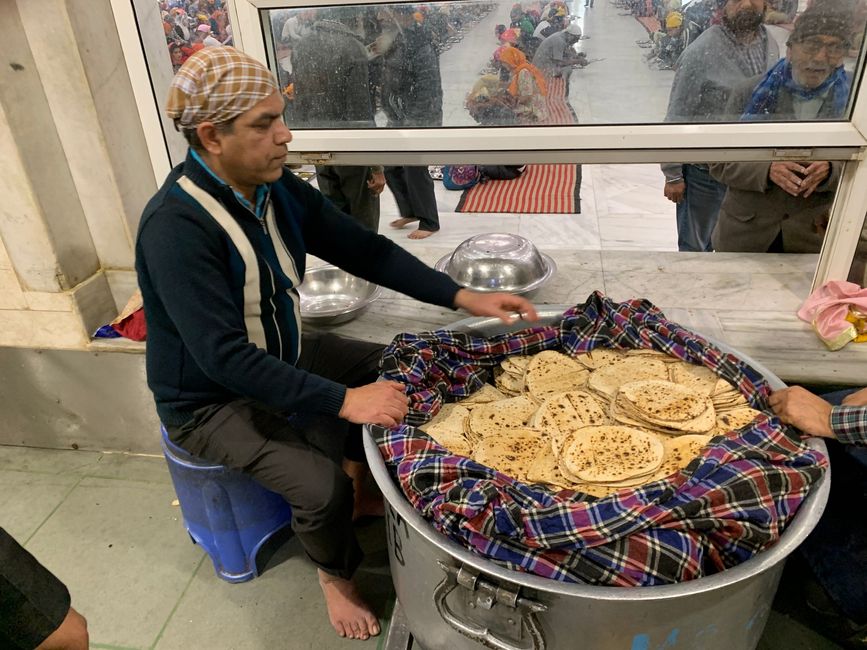
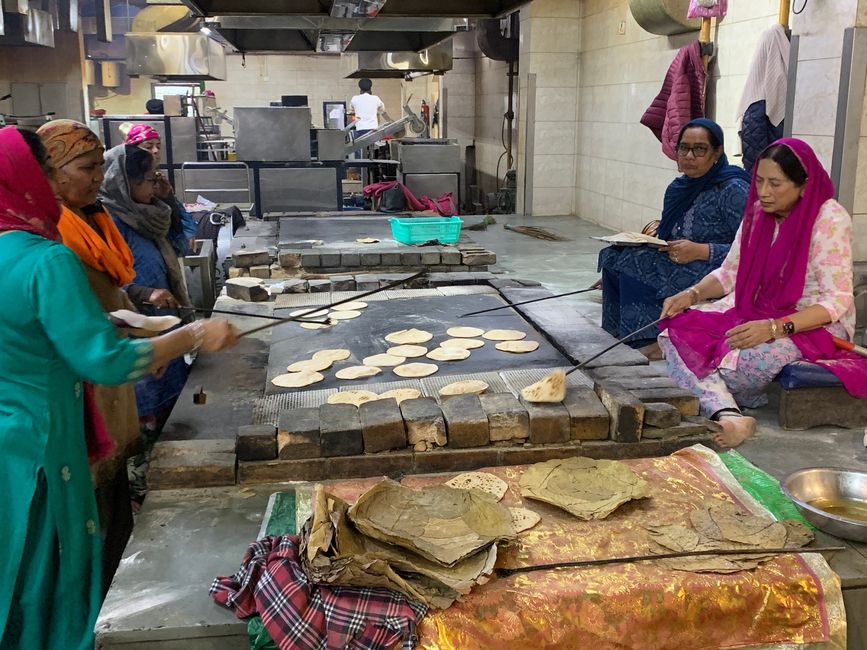

Axborot byulleteniga obuna bo'ling
Flights - We were lucky - no strikes in Germany, the planes arrived in Delhi on time, even almost an hour earlier than planned, thanks to the strong tailwind we reached over 1200 km/h over the ground.
To make the most of the day in Delhi , we visited a few selected sights.
Qutub Minar – Qutub Minar is a soaring 73 m high minaret, but actually a victory tower, built in 1193 by Qutab ud-Din Aybak. The tower has five distinct floors, each marked by a projecting balcony, and tapers from a diameter of 15 m at the base to just 2.5 m at the top. The first three floors are made of red sandstone; the fourth and fifth floors are made of marble and sandstone. At the base of the tower is the Quwat-ul-Islam Mosque, the first mosque built in India. There is also a 7 m high iron column in the courtyard of the mosque. It is said that one's wish will come true if he can wrap his hands around the pillar while standing with his back to it.
Lotus Temple – The Bahai House of Worship or Bahai Temple is also known as the Lotus Temple due to its shape, which resembles a half-opened lotus flower. This temple is the last of seven major Baha'i temples built around the world. It was completed in 1986 and is set in lush green landscaped gardens. The structure is made of pure white marble. The Iranian-Canadian Baha'i architect Fariborz Sabha chose the lotus as a common symbol for Hinduism, Buddhism, Jainism and Islam. Followers of any faith are free to use the temple to pray or meditate to visit.
Sikh Temple Bangla Sahib – Gurudwara Bangla Sahib is the most famous Sikh Gurdwara or Sikh place of worship in Delhi and is known for its association with the eighth Sikh Guru, Guru Har Krishan. Within the complex is a pond known as 'Sarovar', the water of which is considered sacred by the Sikhs and is known as 'Amrit'. It was first built in 1783 as a small temple by Sikh general Sardar Bhagel Singh, who oversaw the construction of the nine Sikh shrines in Delhi that same year, during the reign of Mughal Emperor Shah Alam II. Since our tour guide, Mr. Harpal Singh, is heavily involved in the temple's social activities, we were able to access not only the huge dining room but also the adjacent kitchen - all men and women of any religion, Indian or foreign, are invited for a free one Meal between 6 a.m. and 10 p.m. Between 30,000 and 70,000 people visit this facility EVERY DAY! It is based exclusively on donations and the work of volunteers.
_____________________________________________
Flights – We were lucky – no strikes in Germany, planes were on time, even nearly one hour ahead of schedule arriving in Delhi, thanks to the heavy tailwind, we got more than 1200 km / h above ground.
For utilization of the day in Delhi visited a few selected landmarks.
Qutub Minar - Qutub Minar is a soaring, 73 m-high minaret but actually a tower of victory, built in 1193 by Qutab ud-Din Aybak. The tower has five distinct storeys, each marked by a projecting balcony and tapers from a 15 m diameter at the base, to just 2.5 m at the top. The first three storeys are made of red sandstone; the fourth and the fifth stories are made of marble and sandstone. At the foot of the tower is the Quwat ul-Islam Mosque, the first mosque to be built in India. Also, a 7 m-high iron pillar stands in the courtyard of the mosque. It is said that, if you can encircle it with your hands, while standing with your back to it, your wish will be fulfilled.
Lotus Temple - The Bahai House of Worship or Bahai Temple is famously known as Lotus Temple due to its shape, like a half-opened lotus flower. This temple is the last of seven major Bahai's temples built around the world. Completed in 1986, it is set among the lush green landscaped gardens. The structure is made up of pure white marble. The Iranian – Canadian Bahai architect Fariborz Sabha chose the lotus as the symbol common to Hinduism, Buddhism, Jainism, and Islam. Adherents of any faith are free to visit the temple to pray or meditate.
Bangla Sahib Sikh Temple- Gurudwara Bangla Sahib is the most prominent Sikh gurdwara or Sikh house of worship, in Delhi, known for its association with the eighth Sikh Guru, Guru Har Krishan. A pond is located inside the complex, known as "Sarovar", whose water is considered holy by Sikhs and known as "Amrit". It was first built as a small temple in 1783 by Sikh General, Sardar Bhagel Singh, who supervised the construction of the nine Sikh shrines in Delhi in the same year, during the reign of Mughal Emperor, Shah Alam II. Since our guide Mr. Harpal Singh is strongly engaged in the social welfare activities of the temple we were able not only to get into the huge dining hall but also in the adjacent kitchen – everybody men or women of any religion, Indians or foreigners are invited for a meal free of charge charge between 6 am and 10 pm Between 30,000 and 70,000 people are visiting this institution EVERY DAY! It is based solely on donations and the work of volunteers.
Axborot byulleteniga obuna bo'ling
Javob (3)
hj
Das sind sehr beeindruckende Bilder, die mir aber verwehrt waren. Dehli habe ich nur flach im Hotelbett liegend kennengelernt (passt auf das Essen auf!). Ingrid bewundert gerade eure Abenteuerlust.
Liebe Grüße aus Graz Ingrid und HansH.
Tolle Bilder, vielen Dank für die Eindrücke. Sagt mal, wie seid ihr eigentlich in diesem großen Land unterwegs. Bus, Wohnwagen, zu Fuß, per Moped… ??? Weiterhin noch viel Freude, eine genussvolle Fahrt und viel schöne Erlebnisse! H. u. EG St
Nicht so „abenteuerlich“ - zwei Teilstrecken mit Flugzeug , Großteil der Strecke mit Auto (und lokalem Fahrer - indischer Verkehr ist nichts für Europäer….)
Sayohat hisobotlari Hindiston
